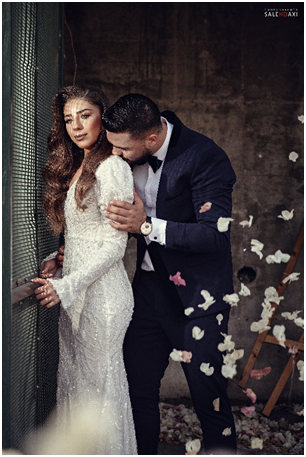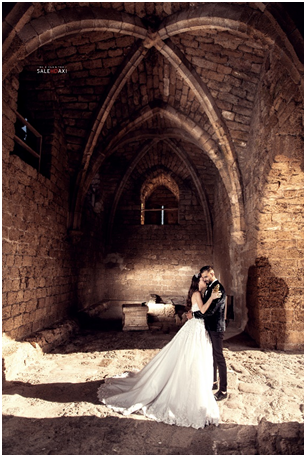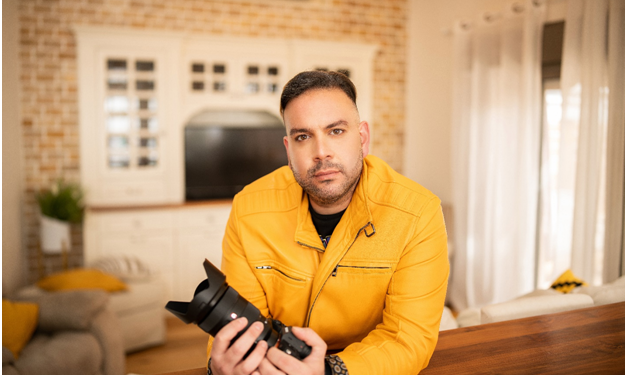Creativity in photography, or artistic photography, is the main subject of this article. Through this article we will discuss the rules that will help you elevate your photography and advance from the rank of a photographer to that of an artist (I use the word ‘rank’ since I consider this and advancement from one rank to a higher one).
To begin with, we’ll discuss the meaning of the word ‘Artist’ so to analyze it and make it an easier term to understand, and whether it is something one is born with or can we become artists through years of hard work and training.
The term ‘Artist’ is beinghanded to anyone in the photography world, acting, production, music, and writing. But we rarely find those who have actually achieved the phase of invention and creativity that are the heart of being an artist.
In order to be named ‘Artist’ and truly deserve it, one must have genuine talent that enables him to get emotionally involved about something in life.
But is getting emotionally involved is not enough to be called ‘Artist’? After all, all people have emotions and feelings.But what makes the artist stand out is the ability to get involved mentally, which enables him to draw and express his feelings in the clearest way, so that the people get it loud and clear. The artist expresses his feelings through his paintings, the sculptor through his sculptures, the singer through his songs, and the photographer through his photographs.
In time, we notice the unique prints of each and every artist, and the unique ways he expresses his feelings and his inner world, which is void of any chains and rules. This is called creativity and renovation, in which one can cleverly break the rules while he understands them completely. He can put his own touches and leave a print of his own, moving people’s feelings both in the short term and the long term.
And now to the main question: How can a photographer advance into anartist rank? One who by taking a normal photograph, can turn a moment into an artistic project that leaves an emotional mark strong enough to make the watcher get emotionally involved by what his eyes see.
I shall give you a few rules to help you elevate your photography level, and that will turn your photographs into masterpieces. As we mentioned above, what makes one an artist is not just getting emotionally involved but to be also mindfully involved. This way, one can embody his feelings through the picture taken, and make it a masterpiece.
1. Complete mastery of the photography rules: the ability to learn and know the basic photography rules, such as: Composition, rule of thirds, diagonal lines, Camera setup, object, subject and background, lighting and etc…


2. Ability to handle, understand and synchronize the different photography tools in the best way possible: Camera, lens, the camera digital system, tools such as Flash etc. as well as to understand each and every component of the digital picture such as pixels, resolution, dynamic range, sharpness, picture orientation, JPEG and Raw, color values, white balance, and more.
3. Advanced photographic vision: It is a bit hard to define photographic vision since there are no clear and defined characteristics for the photographer to use. One can say that photographic vision enables the photographer to look at the objects within the field and to develop a kind of vision of how to put them in the picture. Photographic vision enables its user to look at things and immediately think about the best way to utilize them according to the situation, so that, at the end, an interesting and special picture is taken. The best way to develop photographic vision is to take the camera and go outside and take as much pictures in different situations. The more you practice the more you develop photographic vision. So, can anyone develop photographic vision? The answer is: yes. But one must practice, and practice, and practice some more.One must experience as much as possible and must aim to always improve himself.


4. Creative sense (To see what others cannot): Creative and original photography requires that the photographer gives an extra thought before he clicks the shutter button. It is better to give a little more thought planning a creative and original picture than to take a lot of uninspiring pictures. Quality over quantity. Sometimes we need to use our imagination and creativity in order to spot interesting situations that are worth photographing. We can also turn ‘normal’ situations into interesting pictures by taking unorthodox decisions. There are many parameters that we can manipulate as photographers in order to take a more interesting photo,for example, by using a creative and less conventional photographing angel we can upgrade every frame and turn it into a more interesting picture. Another example is the ability to affect the photo by using exposure, or uneven exposure – too little or too much exposure can sometimes produce exciting results. The use of a less conventional focal length for specific situations, for example by using a very wide lens, can produce a new and less conventional perspective. The main idea of creative photography is thinking outside the box.
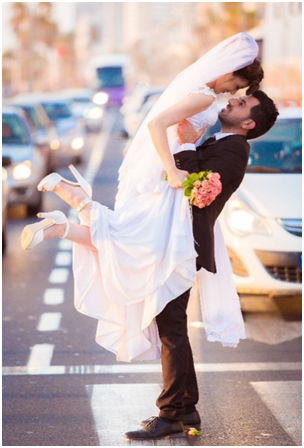

5. Colors: Good use of color can help us visually tell a story and convey feelings. It can affect the picture and make it transmit happiness, mystery, serenity, or anger. Common mistakes are sometimes caused by the perception that one should use as much colors as possible in a picture or not use at all. Too much and random coloration will produce an unclear result that is uncomfortable for the eyes. When we gaze at the real world, we can filter and process everything outside the eye’s focus, including colors. This way we give meaning to what our eyes see. while taking a picture, the photographer becomes the “filter” for the spectator, and his job is to omit what is not necessary in order to deliver the wanted message and emotions.
– Blue tones: serenity, relaxation, cold, cleanness, sky, and water.
– Red tones: excitement, passion, energy, and warmth.
– Orange tones: energy, balance, and enthusiasm.
– Yellow tones: Happiness, joy, optimism, and sun.
– Green tones: Nature, health, luck, and regeneration.

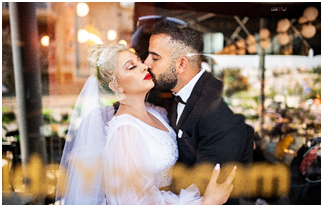
6. Innovation and building a world around the photographer’s works:Most human-beings prefer things they know,and humanity has always tended to react to innovations with doubt and fear.But now is not a time for doubt, it is time to break out of the ordinary and aim at achieving different results. It is actually much less scary in photography since in worst casescenario one can just get rid of the picture and use another, or, who knows, the same picture can become the forefront of the album or the series.



Finally, all you have to do is be open minded, think outside of the box and be the most creative as you can, all the while knowing the basic photography rules and be able to fully utilize your equipment, whether it is the camera, the lenses, and other accessories. To gain experience, go outside and take as much pictures as you can, and most importantly, to love your job, to love photography, and being friendly with the models.
The love of photography will turn you into better photographers and into artists.
